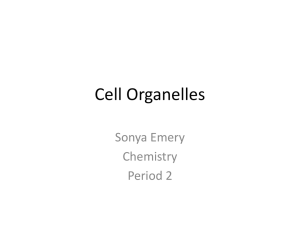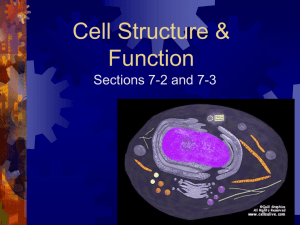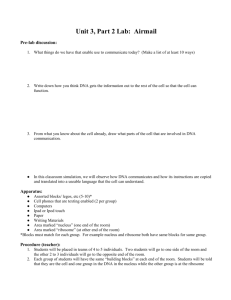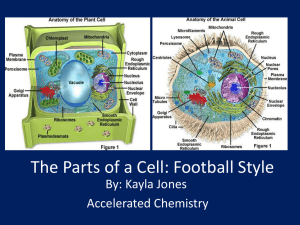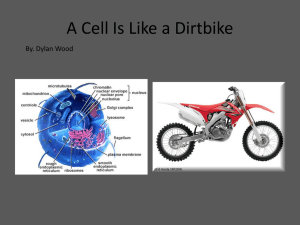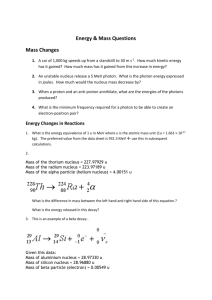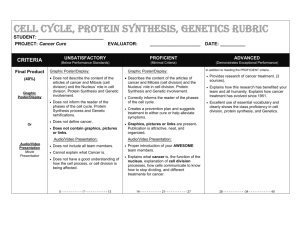49) Plants respond to their environment in many different ways
advertisement
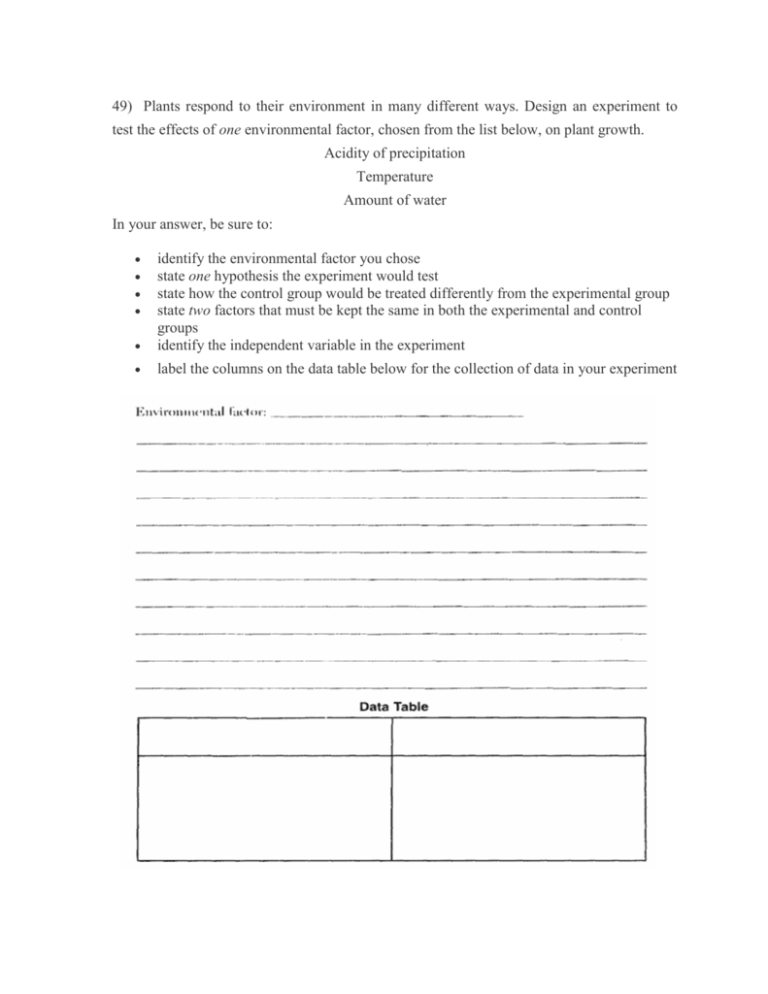
49) Plants respond to their environment in many different ways. Design an experiment to test the effects of one environmental factor, chosen from the list below, on plant growth. Acidity of precipitation Temperature Amount of water In your answer, be sure to: identify the environmental factor you chose state one hypothesis the experiment would test state how the control group would be treated differently from the experimental group state two factors that must be kept the same in both the experimental and control groups identify the independent variable in the experiment label the columns on the data table below for the collection of data in your experiment Correct Answer: - Acid rain will cause a decrease in the number of seeds that germinate. Note: Do not allow credit for a hypothesis written in the form of a question. - The control group would be watered with water at pH 7, while the experimental groups would be watered with water at pH less than 7. 50) Base your answer to question on the diagram below and on your knowledge of biology. In a cell, a variety of structures perform specific functions and interact to maintain homeostasis. The diagram below represents a typical cell with three cell structures labeled 1, 2, and 3. Select one cell structure labeled in the diagram and write its number in the space below. Explain how the cell structure you selected helps maintain homeostasis in a cell. In your answer, be sure to: identify the cell structure you selected state one function of this cell structure identify one substance that is often associated with the cell structure you selected and state how that substance is associated with the cell structure identify one other cell structure and explain how it interacts with the cell structure you selected to maintain homeostasis in the cell Correct Answer: Structure 1 • ribosome • site of protein synthesis • amino acid — used to make proteins • nucleus — the ribosome gets instructions from the nucleus determining which proteins are produced by the cell Structure 2 • nucleus • control of cell processes • DNA — makes up the chromosomes in the nucleus • ribosome — nucleus sends instructions to ribosomes for protein synthesis Structure 3 • mitochondrion • site of energy release/cell respiration • ATP — produced in the mitochondrion • cell membrane — allows glucose to enter cell and be used by the mitochondrion for energy release

